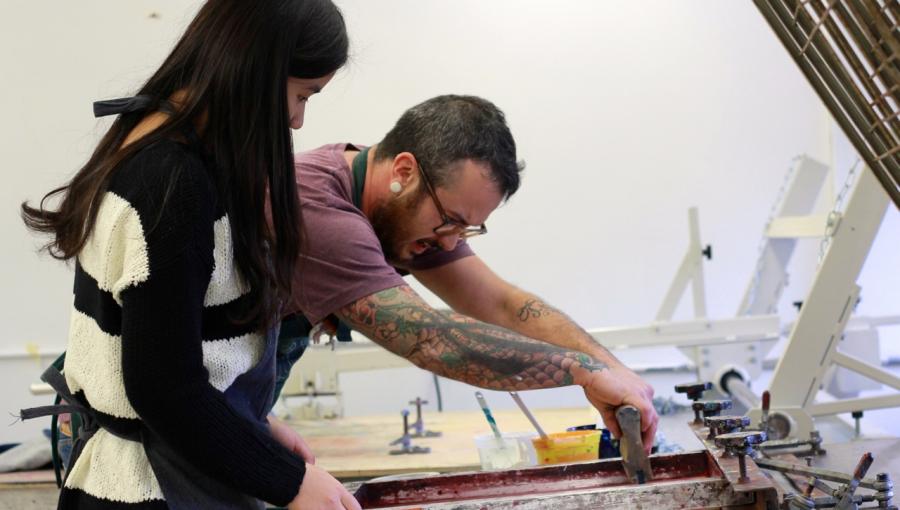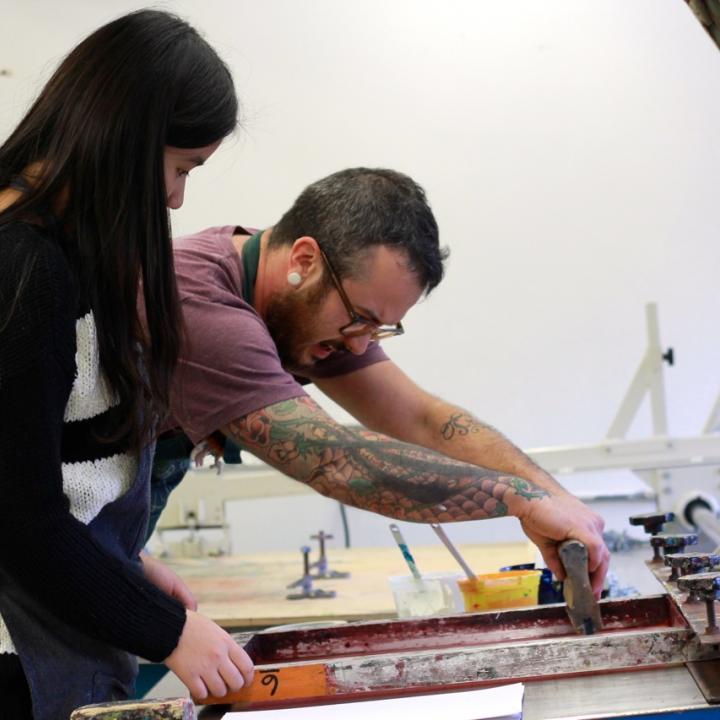Let's get started:
What is a Portfolio?
Your portfolio is one of the first points of contact with a potential client, institution, funding body and more. and it is the chance to make an impression. Don't fret: every creative has stressed over their portfolio. Something to keep in mind is that it will never be complete, as your work changes and you evolve as a creative, so will your portfolio.
Below are some tips to put together a strong portfolio, and remember that we're always here to help through portfolio clinics, reviews, National Portfolio Days and more:
Key elements of the portfolio to include:
1. Statement of Intent
Explain your interest in the program that you have applied to, as well as what inspires or influences the work that you do.
2. Process Work
Show your sketchbook, process and concept development skills as part of your portfolio.
3. Finished Work
Include 8 to 10 examples of your finished original work. Be sure to show some work that is directly related to the program that you are applying to.
4. Descriptions
Explain in 50 words per finished piece the process, method, media, concept and purpose of each piece.
Finished Work vs. Process Work
Technically, your portfolio could include whatever you want. This a reflection of you and the work you are doing. You're showing relevant work, technical skill, exploration, and of course your best pieces! That could include any of the following:
Recent work | Fashion + jewellery | Drawing + painting | Sculpture | Models | Animation | Video + film | Audio + sound | Web design | Layout design | Furniture | Textiles | Collage | Photography | Costumes | Murals | Coding | Digital art | Robotics | App design | Science projects | Life drawing | Printmaking | Packaging | Design
Process work is another essential component to your portfolio. This is where we learn about the journey of your work, how you got from point A to point B. Process is the visual way to explain your thinking and work. This can be the following:
- Sketches
- A collection inspirational images
- Objects and thoughts
- Writing
- Storyboarding
- Maquettes
- And more!
We all work in different ways, and we are interested in learning about your process.





